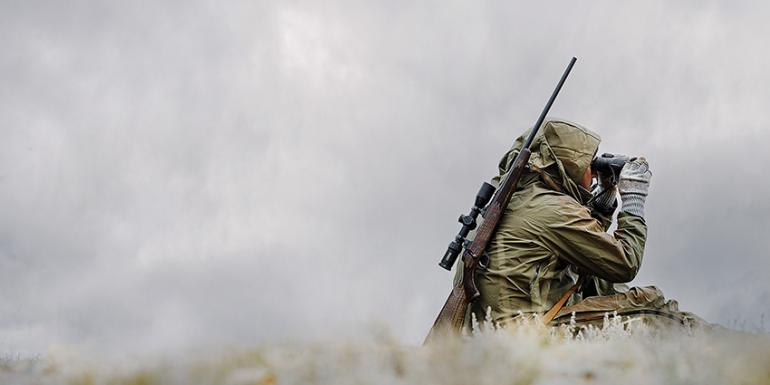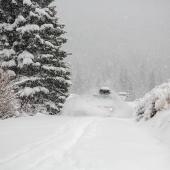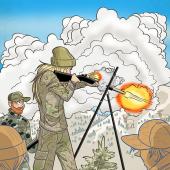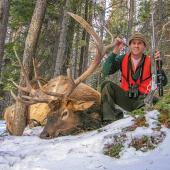Game Plan
Pro tips to fill your elk tag.
Elk season is upon us and greetings at the local bar have changed from "How's the fishin' been?" to "Get yer elk yet?" Make this year the one when you proudly answer, "Damn straight!" Here are a few ideas to increase your odds this season.
Make a Plan
This may sound obvious, but without a plan to execute, success will be hard to reach. Figure out how many days you can hunt, and put them in the calendar so you know exactly how much time you have to get it done. Know where you want to go and how long you want to spend in each spot. Have plan A, B, and C with backup spots and have an idea when you want to bail on one plan and go to the next.
Be Prepared
You should of course be physically ready for elk hunting, and the better shape you're in, the more enjoyable your season will be. However, it's even more important to be mentally prepared. Hunting elk isn't easy, and it shouldn't be—that's what makes it so rewarding when you finally fill that tag. Be prepared to fail and expect to have to put in the work. If you get to your secret elk spot and there are already some hunters camped there, or the elk have moved out, don’t let it ruin your hunt. That's why you came up with a Plan B. Keep your head up and keep hunting.
Another aspect of mental preparation is confidence. That means practicing your calling, your shooting, whatever it is that needs to be shored up so that you feel good about yourself and your chances out there in the woods. Each year, try to be a better hunter than you were the season before.
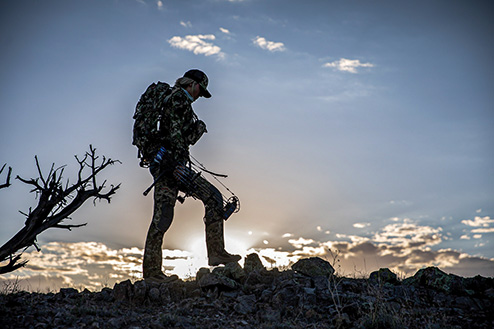
Location, Location, Location
This applies to more than real estate, and it's where many hunters go wrong. If you do everything else right but are not consistently seeing elk, then tag soup may be your only meal this season. First, pick a general area that has strong elk numbers and good access. Then select the specific hunting district where you want to start. Choose one with a solid hunter-success rate, that allows you to get away from other hunters, and that has limited roads and ATV trails. Finally, look at a map and circle areas that you think will hold elk—areas with good feed, bedding, and water. Much of this depends on what time of year you plan on hunting, as elk herds may move around from month to month and even week to week. Again, have multiple spots picked out and plenty of backup locations. If you have time and can start early enough, scout these areas before the season begins. The key is to put in the time and do your homework—it'll pay off greatly once you start hunting.
Play the Wind
As an elk-hunting guide, I've seen the wind ruin more hunts than any other factor. I don't care what you’ve heard or seen on TV, no amount of scent-control or special clothing will keep an elk that is downwind from smelling you. Always approach elk with the wind in your favor and be aware of changing thermals and prevailing winds. If the wind isn't perfect or you can’t get downwind of the herd, be cautious and stay back. Be patient and wait, stay just in eyesight or earshot of the herd, and you'll usually be presented with a good opportunity at some point, with the wind in your favor.
Good luck and have fun out there.
Stan Spoharski is a senior guide at Montana Big Game Outfitters. Spending more than 200 days in the field last year, Stan has an undeniable passion for the outdoors alongside extensive experience as both a hunter and guide.

